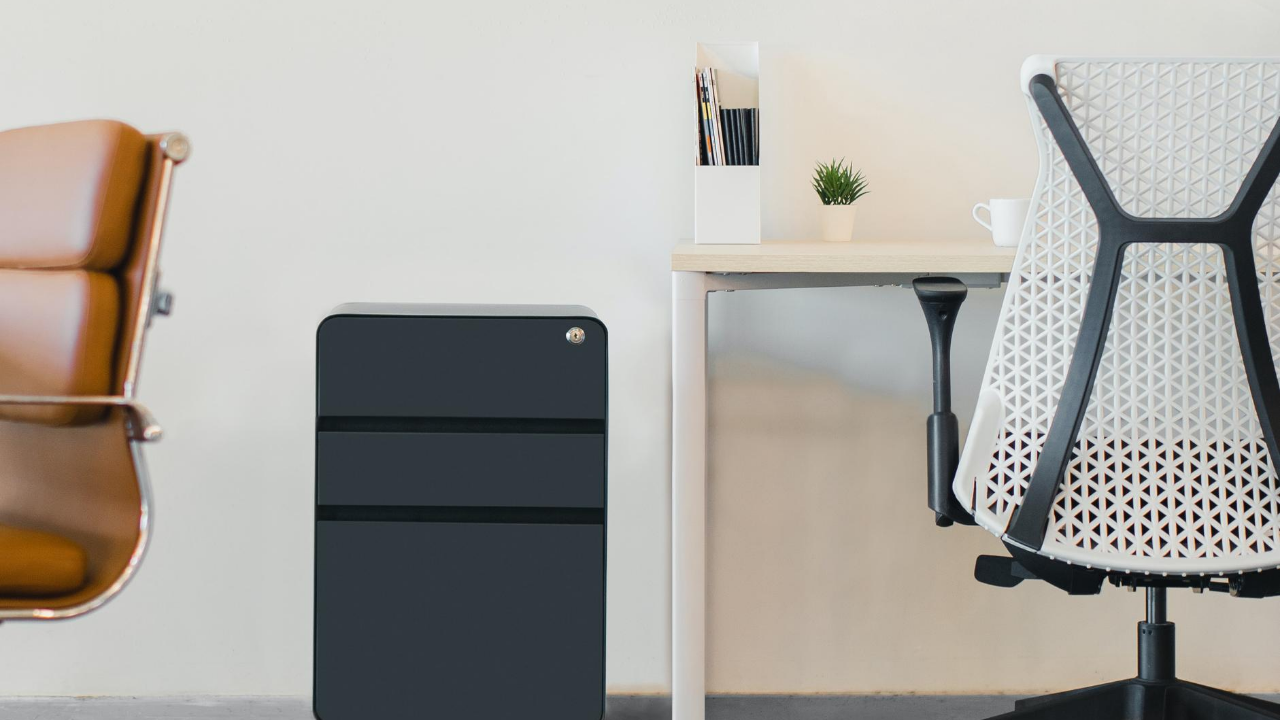Major tech companies have recently announced they will be expanding their remote working options. For instance, Google revealed that employees will be able to work from home until at least the summer of 2021.
For years, companies took out long-term office leases for their main business hubs to create workspaces with various offices and more. In more recent times, coworking spaces have become a popular option for companies large and small looking to consolidate their real estate portfolio. This shift gave as little as 55 square feet per employee in order to reduce costs while boosting collaboration.
Now, in wake of the ongoing pandemic, these workspaces are not ideal environments due to their dense nature. However, now that companies are transitioning to remote working arrangements, employees may be seeking a work environment outside of their homes that are often riddled with distractions.
That is why it is likely that these offices will reconfigure spaces to emphasize the importance of distancing, privacy and cleanliness.
According to a report from mental health benefits platform Ginger, 70% of respondents were less productive working from home, while 80% of Generation Z and millennials employees felt less connected to their colleagues since working from home.
That is why many companies are looking at a hybrid work arrangement that incorporates working from home with in-office work. Using a combination of both allows companies to reap the benefits of in-person collaboration, as well as the cost-cutting impact of working from home.


 Dr. Gleb Tsipursky – The Office Whisperer
Dr. Gleb Tsipursky – The Office Whisperer Nirit Cohen – WorkFutures
Nirit Cohen – WorkFutures Angela Howard – Culture Expert
Angela Howard – Culture Expert Drew Jones – Design & Innovation
Drew Jones – Design & Innovation Jonathan Price – CRE & Flex Expert
Jonathan Price – CRE & Flex Expert











